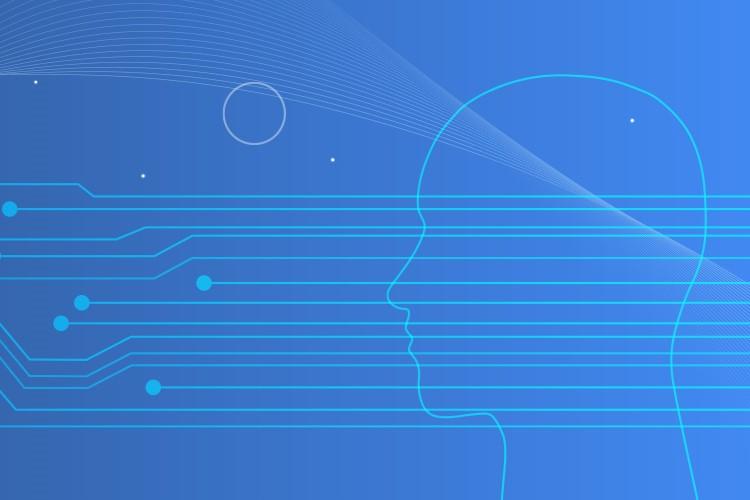
The report also shows that EU investment in AI grew by 39 % between 2018 and 2019. If this rate of growth was maintained, the EU by now is on track to exceed its target of investing a yearly €20 billion into AI during this decade.
In spite of this, the EU continues to lag behind the US and China in global AI. The US can boast the largest number of AI economic players (13,770 organizations). It is followed by China (11,362 players), while the EU is in third place, being able to showcase 5,933 players.
The US has a comparative advantage in several AI areas: AI Services; Audio & Natural Language Processing; Autonomous Robotics; Connected & Automated Vehicles.
China’s AI landscape is particularly strong in filing new patents. However, the authors note that recent Chinese policies resulted in diminished quality standards, leading to an inflation of patents. Another factor giving China AI-clout is its access to big data, the fuel of AI development.
The EU is a frontrunner in AI Services and robotics, the latter category comprising not only trade in industrial but also development of Autonomous robots. These must be able to work in a particularly complex setting, interacting with other machines or humans. AI Services refer to infrastructure, software and platform services.
The EU is also relatively strong in frontier research, holding the second position in number of AI publications in international conferences behind the US, which is twice as active in this area as the EU. European Commission-funded projects mean that the EU has a key position in the network of collaborations focused on AI research and enable a multitude of EU economic players to get involved in the AI landscape.
Standardisation is another area where the EU Member states are very active on the international stage. For instance, out of 33 participating members of the International Organization for Standardization (ISO) and the International Electrotechnical Commission (IEC) Subcommittee on AI, 18 are European national standardisation bodies, of which 13 actively participating. Standardisation is fundamental for ensuring interoperability and for managing AI risks related to safety and fundamental rights.
The Index is the product of JRC’s AI Watch, which monitors the European Union’s industrial, technological and research capacity in AI, AI-related policy initiatives of the Member States, uptake and technical developments of AI, and AI impact.
The AI Watch Index provides an analysis of multiple indicators related to the development of AI around five dimensions: global view on the AI landscape, industry, research and development (R&D), technology, and societal aspects. The geographical focus is on EU Member States, but it also provides a comparison with major worldwide AI powerhouses like the US and China, among others.
The findings of the AI Watch Index are available on the newly revamped AI Watch portal, a gateway to AI related research at the JRC. All quantitative indicators, grouped by dimensions that describe the performance and positioning of the EU in the AI field, are available in the form of interactive charts, factsheets and datasets.
EU actions related to AI
The European Commission launched several policy initiatives on AI.
The 2018 Coordinated Plan on Artificial Intelligence called for more cooperation between Member States, Norway, Switzerland and the Commission in the areas of increasing investment, making more data available, fostering talent and ensuring trust.
The European approach to artificial intelligence is centred around two areas: excellence in AI, and trustworthy AI. It is meant to ensure that development in AI will follow rules that prevent people’s safety, their fundamental rights, and the functioning of markets getting jeopardised.
Finally, the EU has proposed an AI Act introducing harmonised rules. It classifies the specific uses of AI by four different levels: unacceptable risk, high risk, limited risk, and minimal risk.
Related content
Could blockchain revolutionise the energy market?
The Commission moves to open source its software
Innovation and technology – key enablers for transition to climate neutrality
Sources
Details
- Publication date
- 31 March 2022
- Author
- Joint Research Centre
